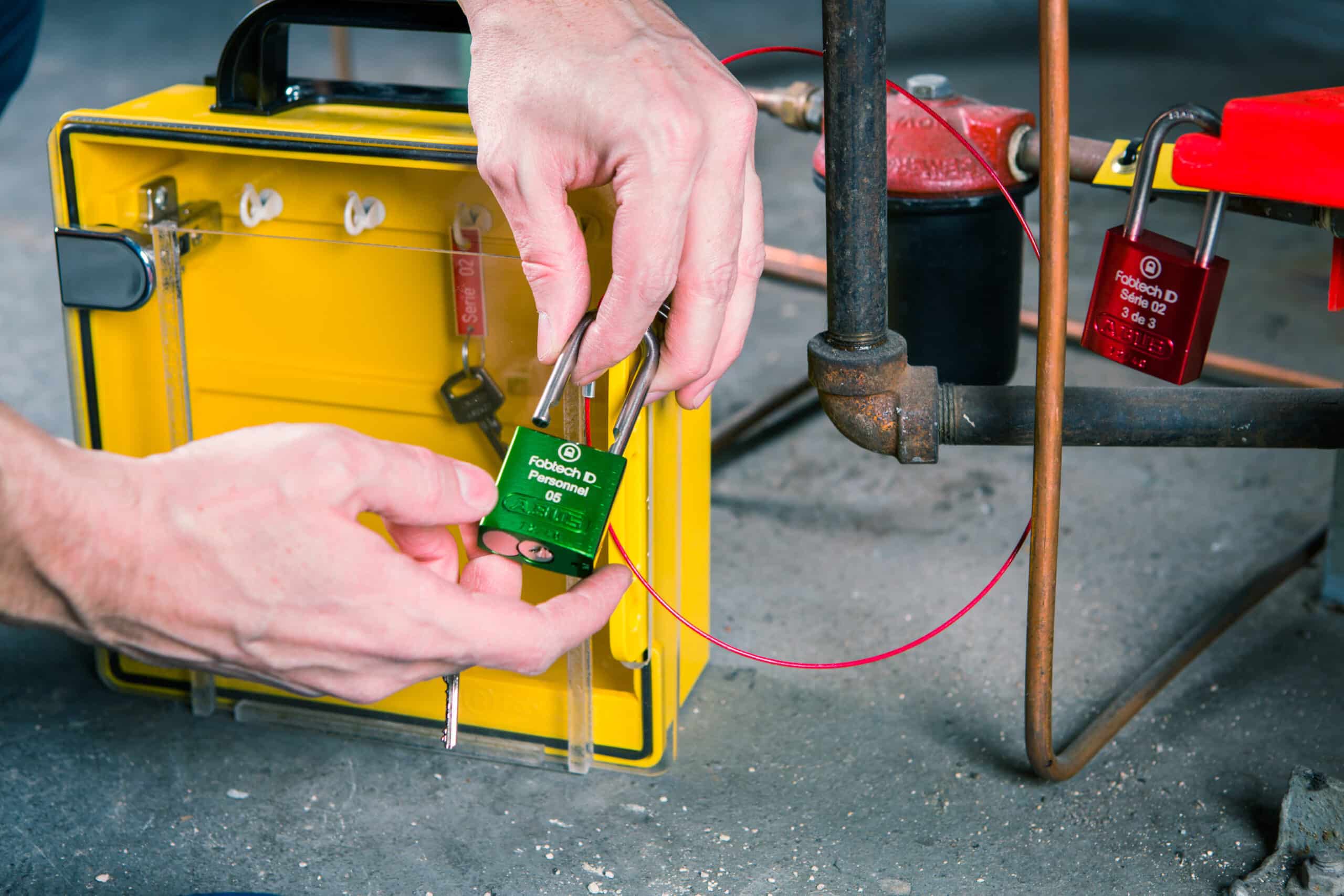LOTO | Different Types of Locks for Different Purposes

Incidents management – 5 Essential Steps to Manage Them Well in Your Organization
24 October 2018
Managing your health and safety processes and programs is about avoiding accidents and unfortunate incidents. Despite your teams’ best efforts, no one is completely immune to major incidents at work.
If you have to manage an incident or any other kind of event, here are the five essential steps to be followed in order to effectively manage and to follow up on the incident:
When an incident occurs, the first step is to declare it. But what must be declared?
We suggest that you immediately declare any occurrence, condition or situation arising from work that has resulted in or could have resulted in injury, illness, damage to the health or the environment, or death.
The second step in incident management is the investigation. It is used to identify the facts, list the causes and the circumstances that led up to the incident. The investigation is usually conducted by qualified inspectors chosen by the company for their ability to analyze complex situations. The duration of an investigation varies according to the complexity of the situations to be analyzed. The decision to conduct an investigation or not remains a company decision based on the risk tolerance level.
The investigation of an incident normally leads to a report that includes:
During the investigation, the investigators will look for facts that contributed to the incident.
The list below provides some avenues to explore when trying to establish the incident’s facts:
During the incident investigation, the investigators will follow certain guidelines:
During the investigation, the main sources of information for investigators are:
Finally, the investigation ends with the preparation of a list of facts to be analyzed by the investigators.
The third step is to analyse the facts and question them facts to ascertain their contribution to the incident. Applying analytical techniques to the incident’s facts will allow the investigators to get a view of the whole picture. Criteria for selecting the appropriate analytical technique for the incidents should be based on the following list of prerequisites:
Once the investigation and analysis of the facts has been completed, conclusions can be drawn as to the causes of the incident. CAPAs can then be identified and implemented to prevent similar incidents from happening in the future.
To identify those CAPAs, your team must organize a problem-solving meeting. This meeting will help to analyze the information related to the incident and choose the corrective and preventive actions to be implemented. The meeting should bring together safety professionals, technical staff and representatives from your health and safety committee.
This meeting is of great importance as it should help to identify and plan:
The resulting investigation report will help educate managers and workers about the hazards in their workplace and how to control or eliminate them. The report is therefore an excellent prevention tool.
A major part of an efficient incident management strategy is to learn from this experience and to communicate these lessons to both local and global members of your organization.
Communication of lessons learned will allow the members of your team to share the problems they faced and the solutions they implemented. It will also allow them to learn from others and identify whether your site is at risk of situations that happened elsewhere.
Incident management is essential to ensure the follow-up of incidents, especially to:
Finally, it is to your advantage to use a computerized system that will manage the process mentioned above. The advantages with the help of an event management software such as CONFORMiT are numerous.
Contact the CONFORMiT team of experts for more information on incident management or for an assessment of your current situation.